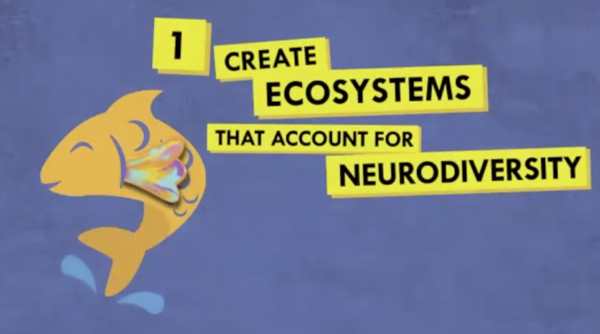
Understanding Dyslexia: A Day In The Life Perspective
November 18, 2021
Reflections on ADHD, Part 1
December 1, 2021
Recently, out of nowhere, a report comes from school that your student in grades K through 3 is not meeting the curriculum standard in reading. Your stomach drops, feels queasy, or you feel a little dizzy.
You immediately blame yourself for having a job, not reading to them every night, too many video games, or blame the child for not “working hard enough” Take a step away from blame. The most important action to take is to figure out how the reading process is breaking down for your child.
Does the report break reading into various parts, such as decoding unfamiliar words, fluency (pace and accuracy), recognizing sight words and comprehension? Decoding means that the child breaks words into pieces and sounds them out moving from left to right. An example would be taking the word “deep” and sounding it out: d- ee -p. Or knowing that when she sees a consonant-vowel-consonant word such as CAP, the “a” has a short sound and adding an “e” makes the word “CAPE” – then “a” has a long sound.
If your student scored low on fluency talk with the teacher. Ask the teacher to describe their observations of your child’s reading. The teacher may talk about a slow reading pace with choppy expression, that your student tries to sound out every word or has difficulty sounding out words correctly. Does the student quickly recognize sight words such as: the, one, does, our? Does the student add small words that aren’t in the text? Can he answer a comprehension question after he finishes reading the passage?
You can observe for yourself by having your student read a few lines from a simple book. Are they stumbling on sight words and trying to sound them out? Are they having difficulty sounding out phonetically regular words such as “plum?” Are they making mistakes with simple words so that “of” becomes “off,” or “for” becomes “from?” Do they read the words correctly, but sound choppy when they read?

The first conversation should be with the teacher, to share observations and seek advice about how to address these challenges.
Before meeting with the teacher, you may want to become familiar with terminology such as “phonology,” the “sound symbol code” and “morphology”; these are elements of Structured Literacy instruction, an evidence-based approach to teaching reading. See this webpage on the International Dyslexia Association website for an explanation of these terms and Structured Literacy.



